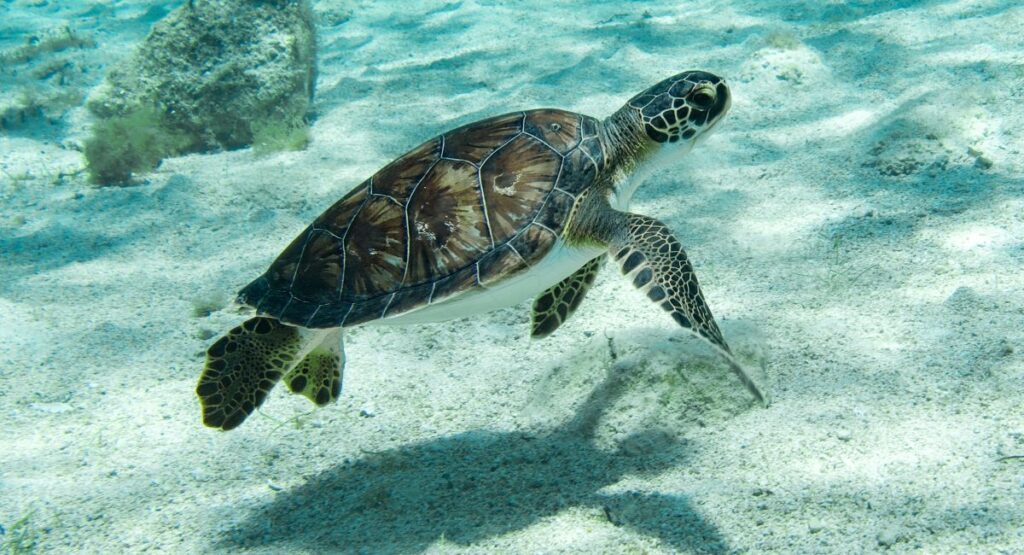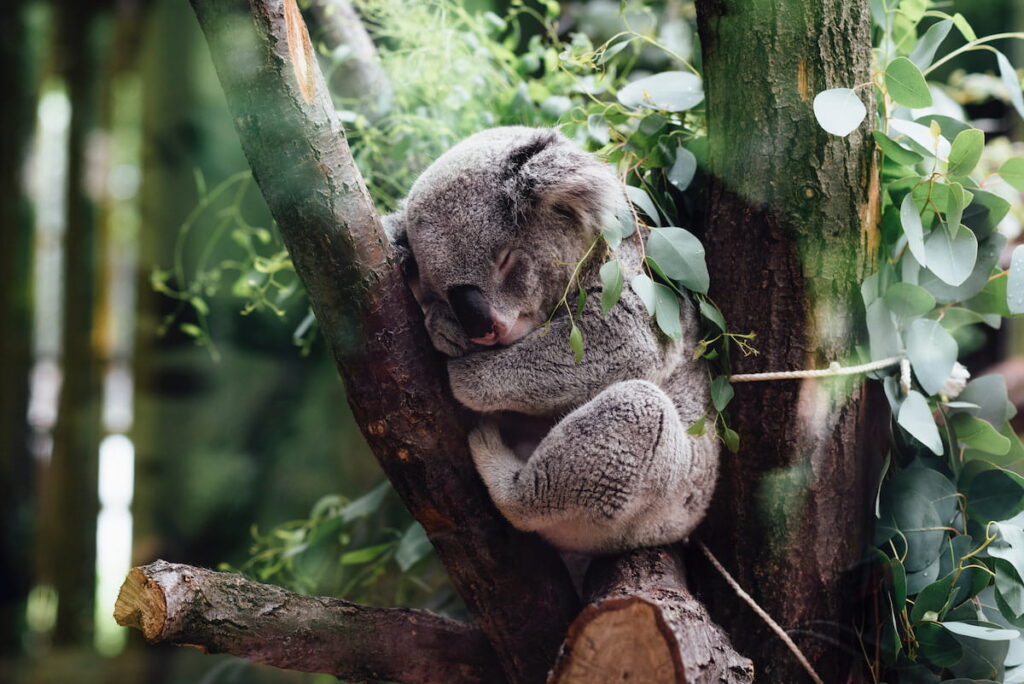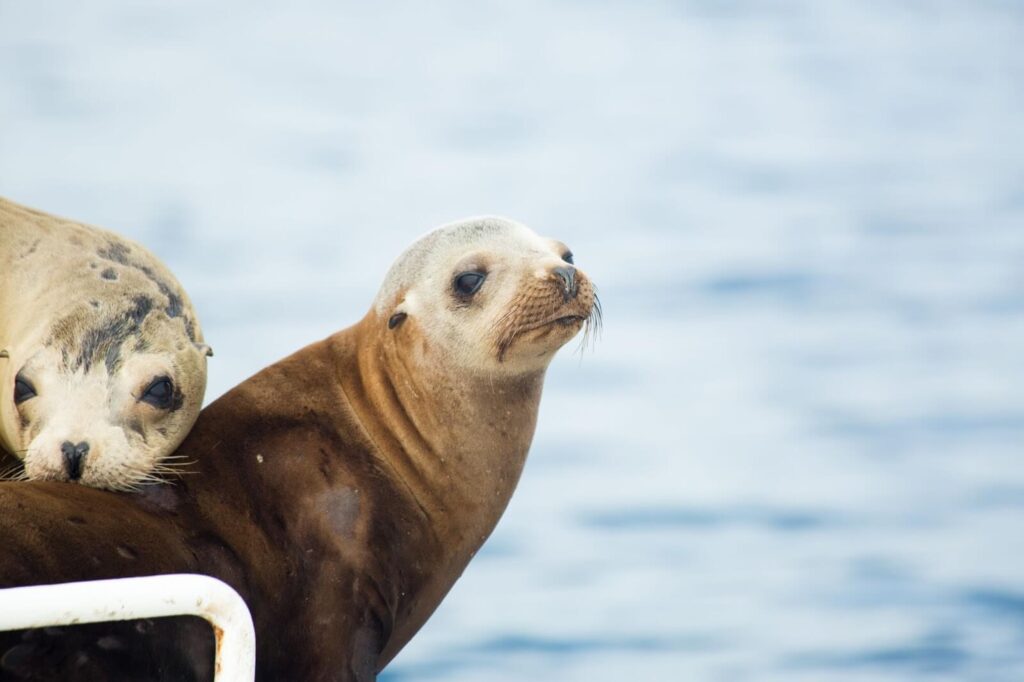Gearhart, Oregon, is a beautiful town that sits right on the Pacific Coast. It’s known for its incredible wildlife, and people travel from all over to see the amazing animals that live there. Gearhart is home to some of the most famous wildlife in Oregon, including Roosevelt elk, humpback whales, blue whales, and bald eagles. In this post, we’ll deep dive into each of the wildlife in Gearhart, Oregon, who make the Pacific Coast their home.
Roosevelt elk
The Roosevelt elk is the largest and darkest subspecies of elk in North America. According to an estimate, there are about 59,000 of them in the United States. They are named after President Theodore Roosevelt, who was instrumental in their conservation. The bulls can weigh up to 1,100 pounds, and the cows can weigh up to 800 pounds. Their heights are 2.5–5.6 feet up to their withers and 6.9–8.5 feet in body length.
Elk only eat plants, and they mostly eat flowers, low-lying grasses, shrubs, and ferns in spring and summer. During fall and winter, they eat higher-growing plants that they can reach, like sprouts, tree twigs, and shrub branches.
Young elk live with cows in loose herds. Bulls, on the other hand, live alone or in groups called “bachelors” until it’s time to mate. Elk talk to each other by bugling, which sounds like a mix of whistling and roaring. This is very common during mating season when bulls are trying to show their dominance. Elk can also communicate with each other by chirping, squeaking, mewing, barking, or using their bodies.
Humpback whales
Photo credit: oregontails.org
Humpback whales are some of the most acrobatic and beautiful creatures in the ocean. They are known for their long pectoral fins, which can be up to 16 feet long, and their white tail flukes, which have unique patterns that allow researchers to identify individual whales.
Their flukes can be as wide as 18 feet. The back edge is serrated, and the tips are sharp. These whales can weigh up to 40 tons and can grow to be 60 feet long. They have a long lifespan of 80-90 years. Whale watchers like humpback whales because they are often close to shore and do things near the surface, like jumping out of the water or slapping the water with their pectoral tails and fins.
During the warmer months (and sometimes in the cooler months as well), they spend most of their time eating and storing fat to sustain themselves during the winter. Humpback whales’ diets normally consist of small fish and small crustaceans, mostly krill.
Orcas (killer whales)
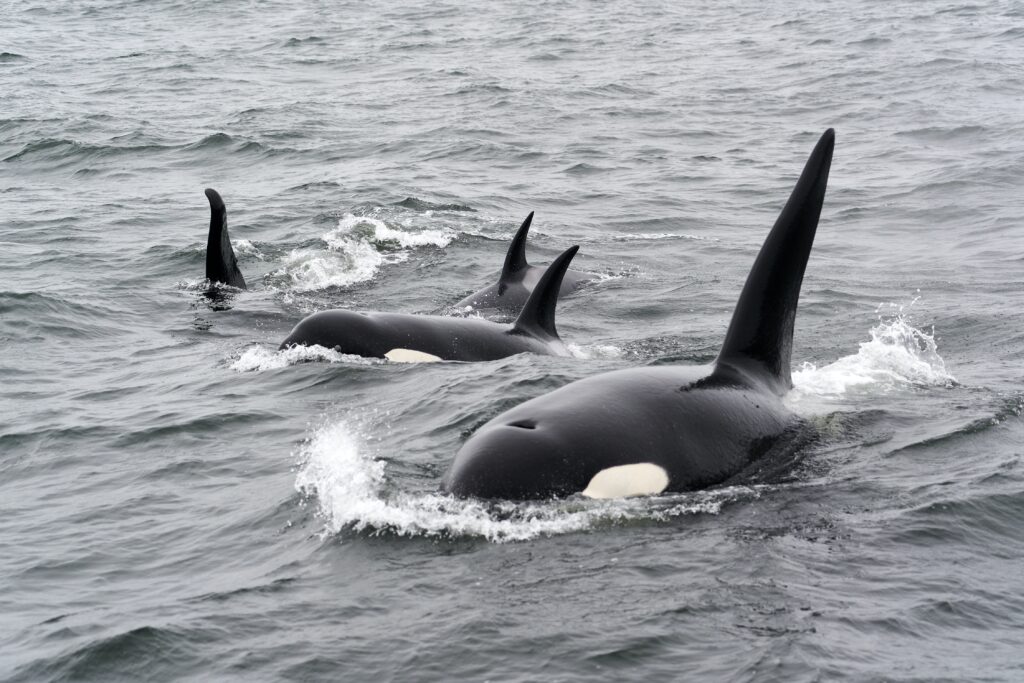
Orcas, also known as killer whales, are large marine mammals that are found in all oceans around the world. They are easily recognized by their black-and-white coloring and their large size; mature males can grow to 20–26 feet long and weigh up to 6 tons. Orcas are very social creatures, living in groups called pods that have 5–50 individuals.
They are also highly intelligent, with a brain capacity that is second only to that of humans. Orcas feed on a variety of prey, including fish, seals, and even other whales. They work together to hunt their prey, using a variety of sophisticated strategies. Orcas are also long-lived animals and can live for up to 80 years.
Females typically give birth to a single calf every three or four years. Calves are born weighing 300-400 pounds and measuring up to eight feet long. Orcas are an iconic species, but they are also one of the most endangered animals on the planet. Their populations have declined sharply in recent years due to factors such as vessel disturbance, pollution, and habitat loss. As a result, orcas are now classified as endangered species.
Bald eagles
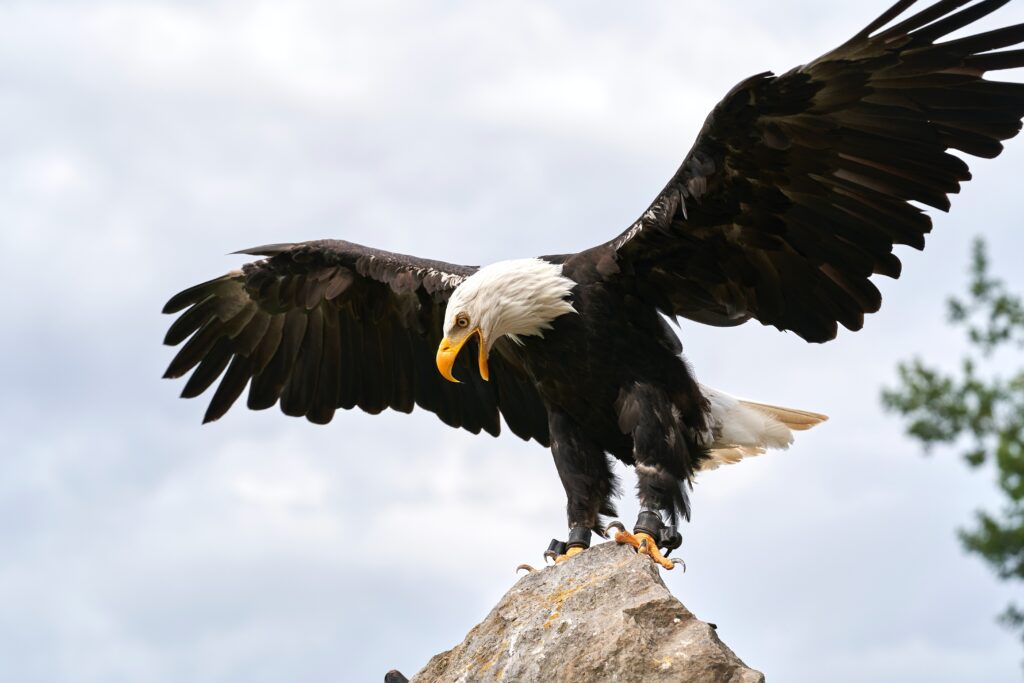
Photo credit: Ingo Doerrie on Unsplash
These birds are found all over North America, but they are most common in Canada and Alaska. In the United States, they are mostly found near waterways like lakes, rivers, and coasts. Bald eagles typically eat fish, but they will also eat small mammals and birds when there’s no fish. They have very sharp talons that they use to catch their prey.
Staying in Gearhart, Oregon
You can find so many different types of wildlife in Gearhart, Oregon. Each with their own unique features and behaviors that make them special to the region. If you are interested in seeing these animals in person we recommend giving wildlife their space. Be sure to avoid hand feeding, try to stay locally, and choose a vacation rental over a large hotel, and an accommodation operator that invests in the local economy, such as these great vacation rentals in Gearhart.

